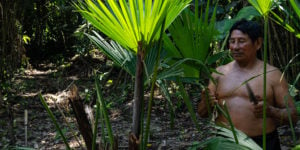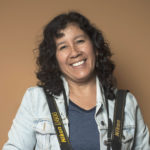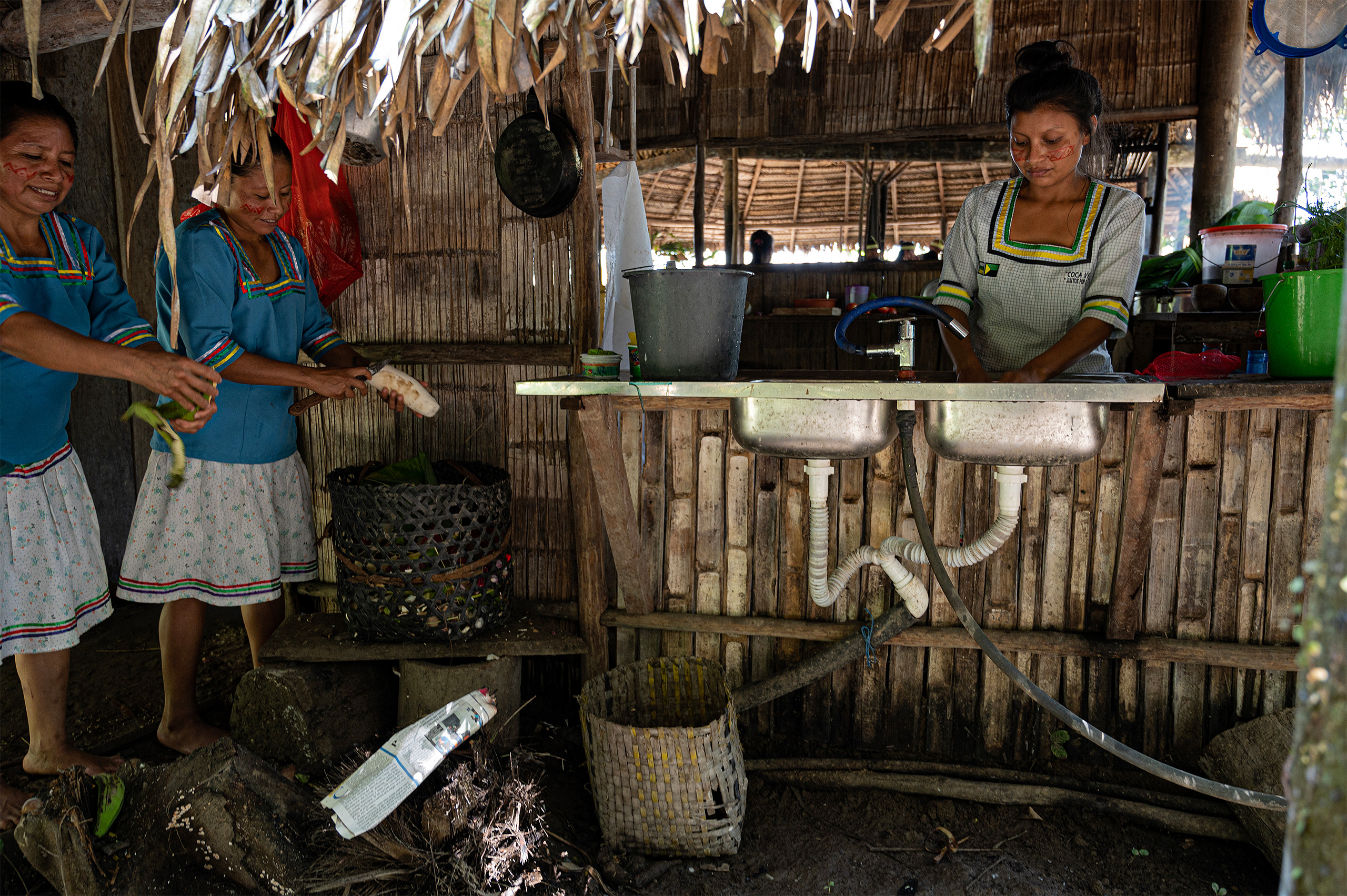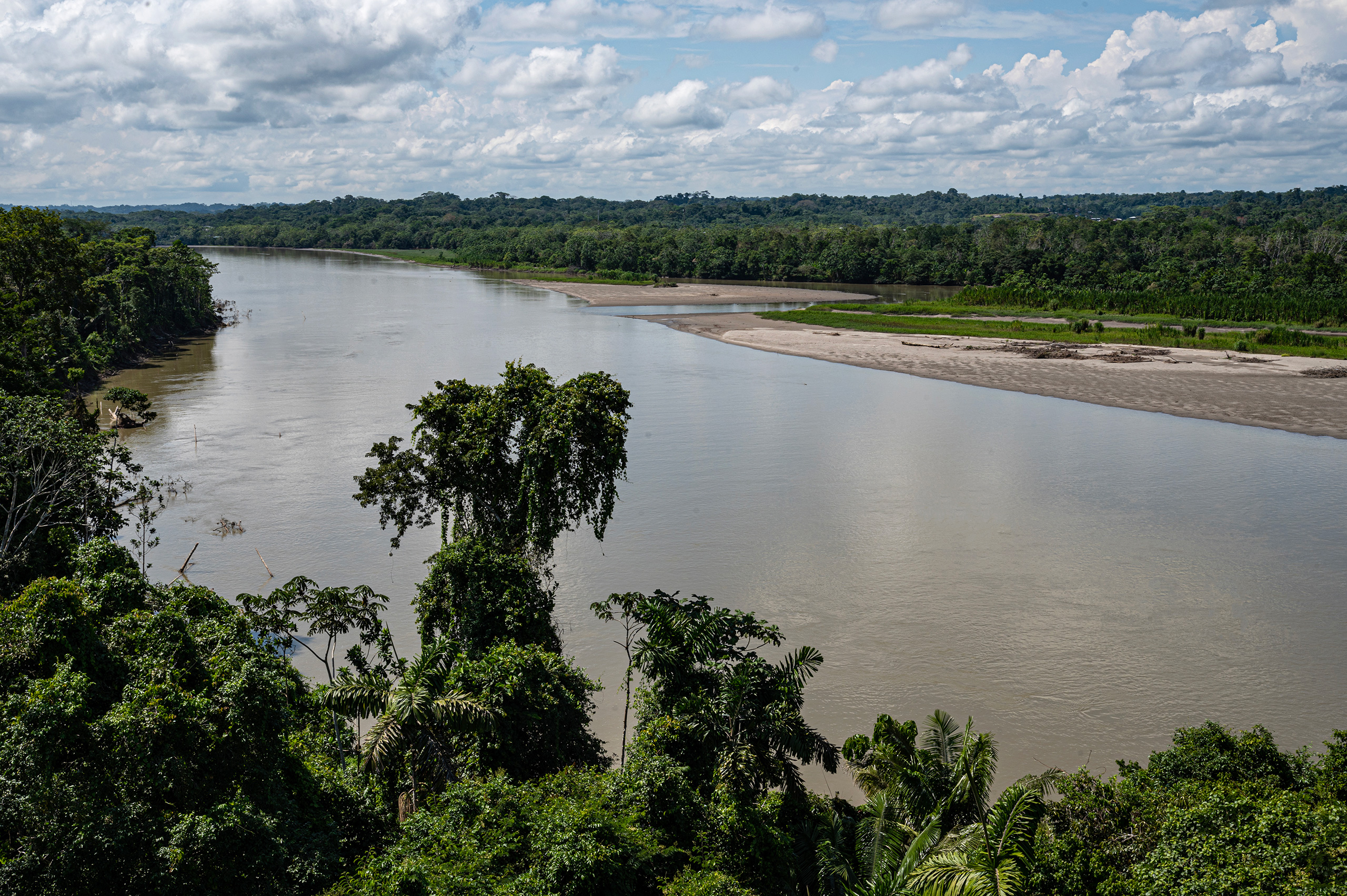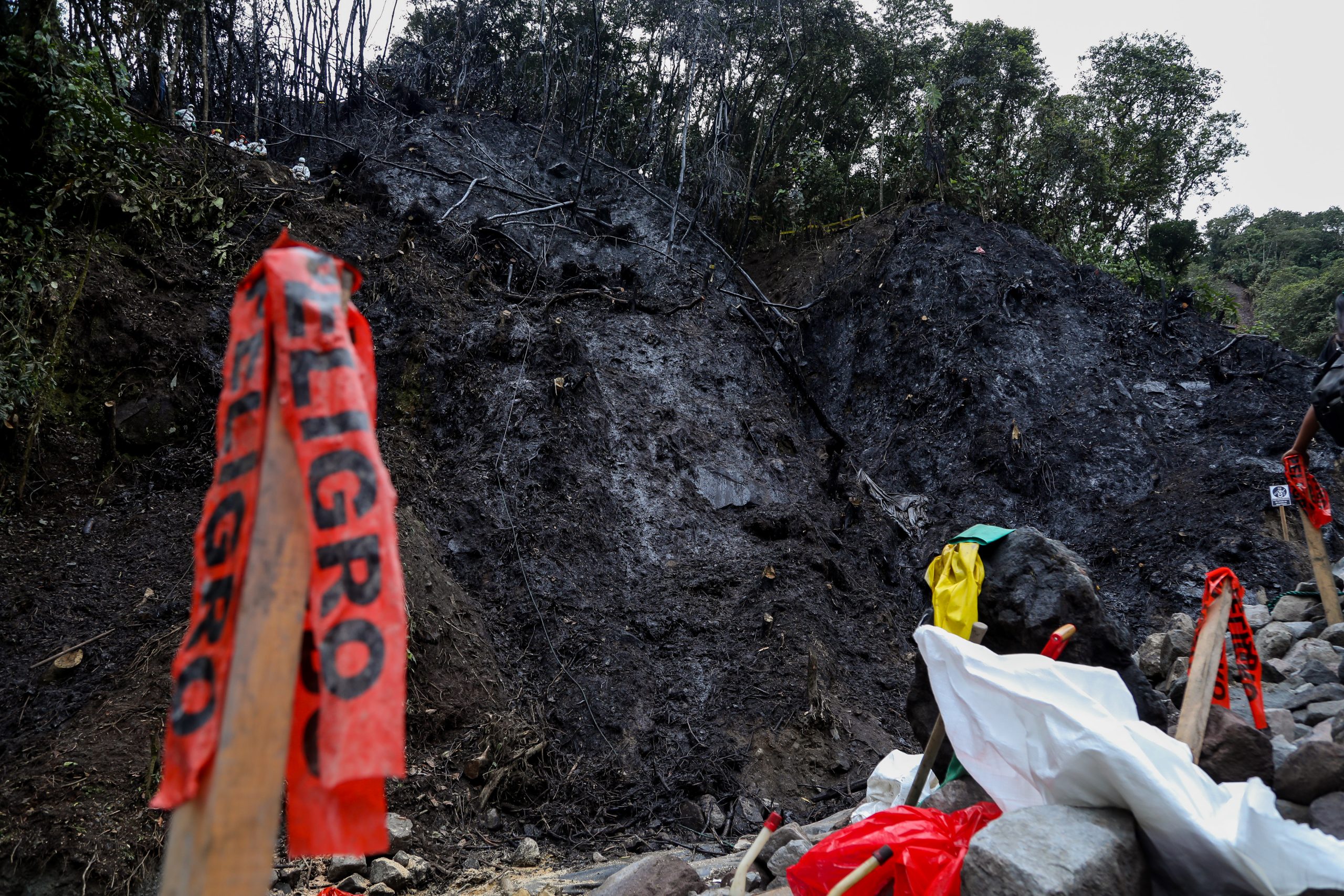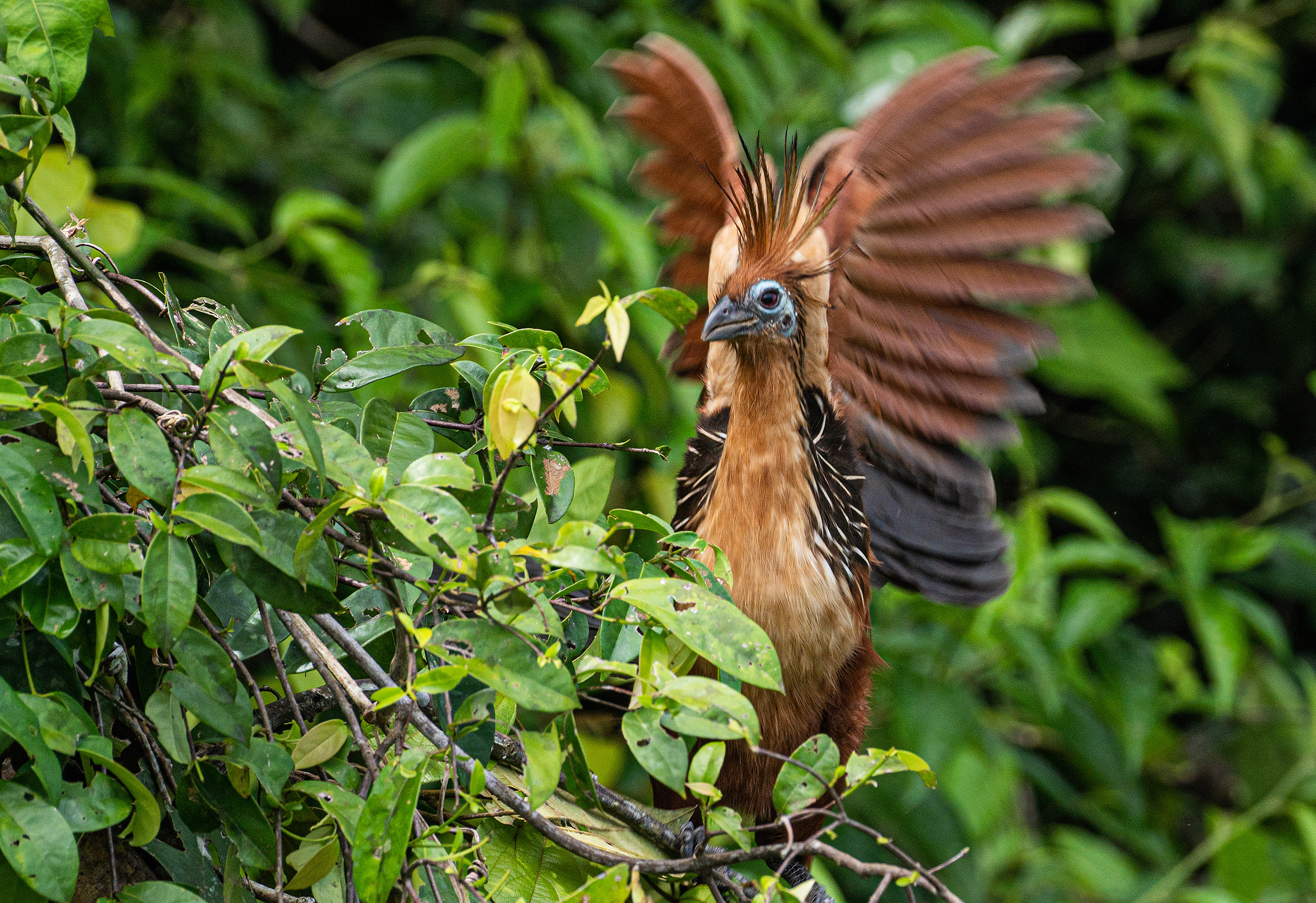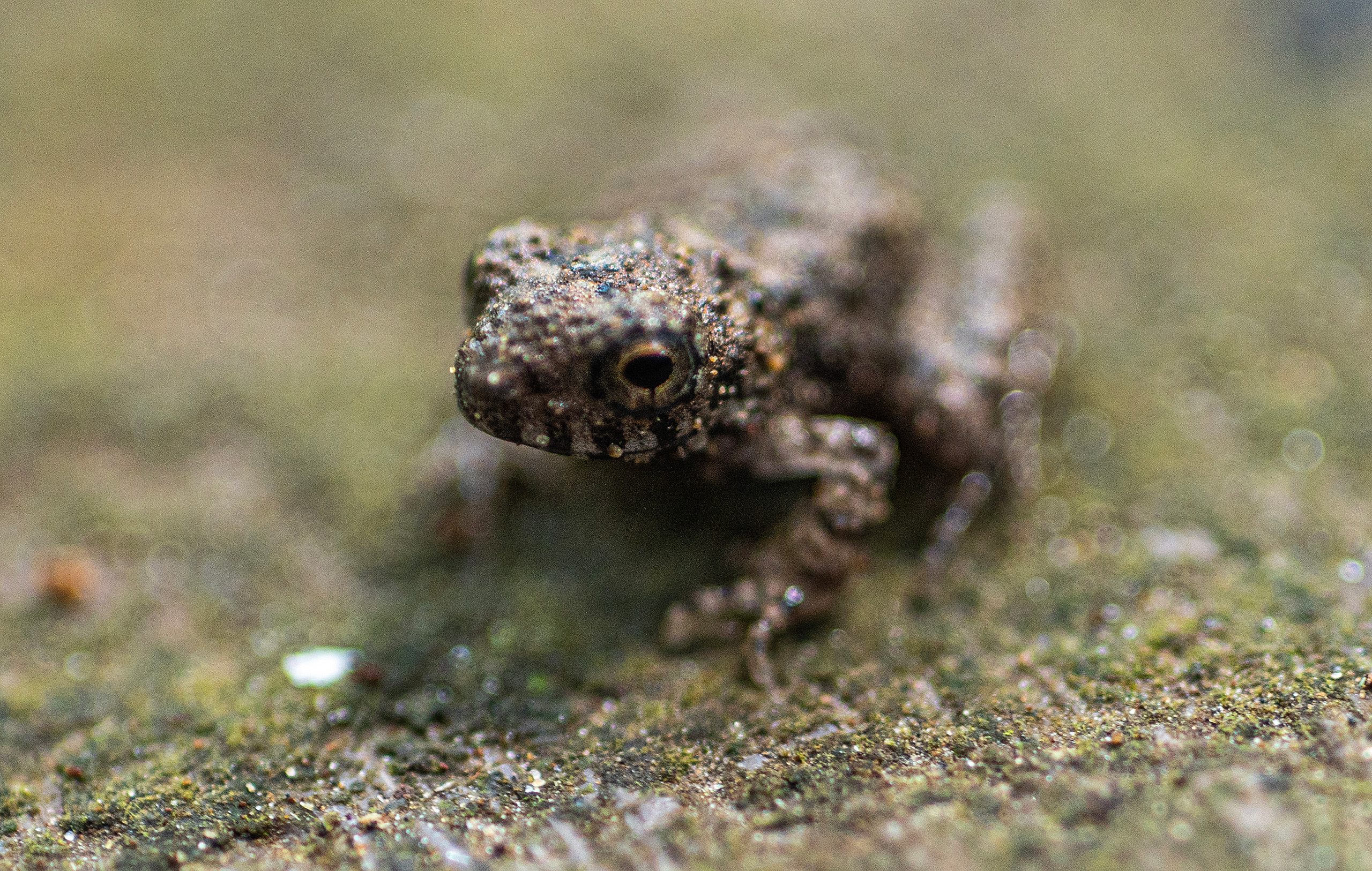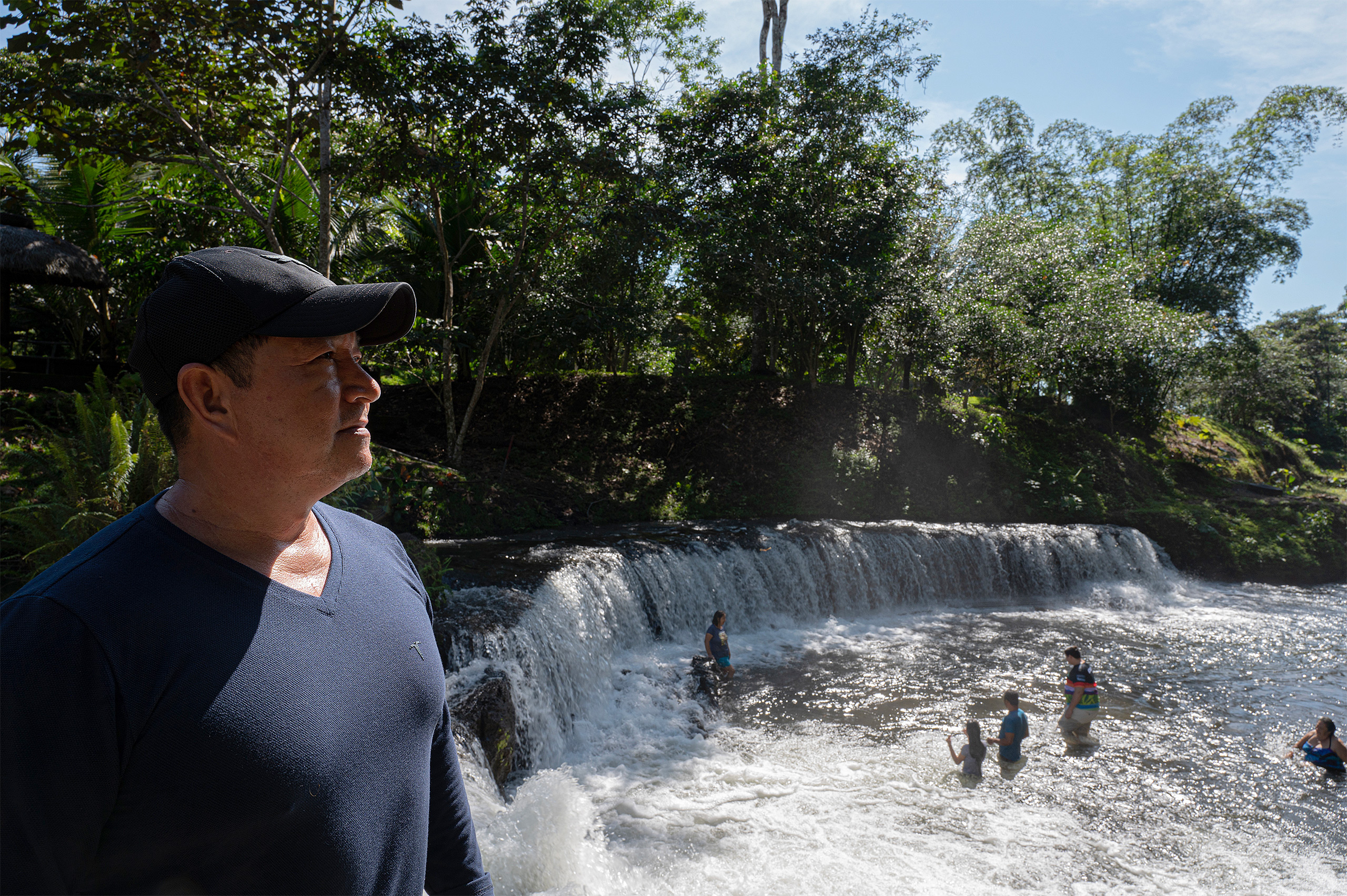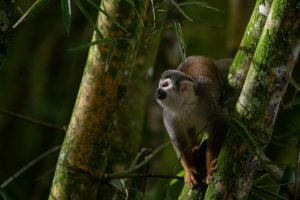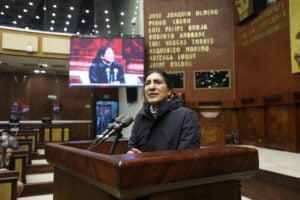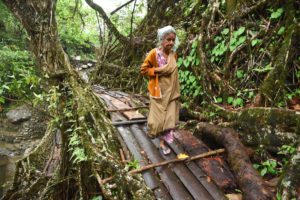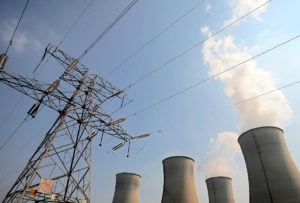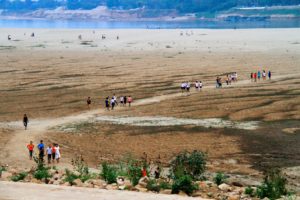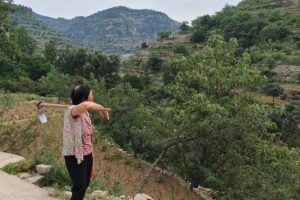Óscar Machoa sits on the floor of his community’s large central hall, the maloca, cutting leaves and watching patiently as he heats them over a fire. Now aged 67, his hands show the signs of years of collecting plants, of craft and building work.
He is the healer of the Kichwa community of San Carlos, charged with passing on ancestral knowledge to his neighbours in the canton of La Joya de los Sachas, in Ecuador’s eastern province of Orellana – home to a portion of the Yasuní National Park, one of the most biodiverse places on the planet, which will this week be the focus of a national referendum over the future of oil reserves located beneath its soils.
As soon as he hears the word “oil”, Machoa’s patient attitude changes. “We don’t want anything to be extracted. I remember all the things they promised us and never fulfilled,” he says forcefully. The healer talks of a time nearly 60 years ago, recalling the beginnings of oil extraction in the area, led by Texaco (now owned by Chevron), and which saw more than 2 million hectares of the Ecuadorian Amazon affected over almost 30 years of exploitation.
“That’s when our nightmare began,” Machoa continues. “They told us they would use state-of-the-art technology, but spills became very common. Rivers were polluted, fish died, animals died, and nobody supported us. My grandparents, my parents, we grew up here. That’s why we are going to defend Yasuní for our children.”
This Sunday, 20 August, Ecuadorians will head to the polls for a general election to decide the country’s next president and parliament – clouded by the recent murder of candidate Fernando Villavicencio – as well as a parallel referendum to decide whether to continue or ban exploitation of the Ishpingo, Tambococha and Tiputini (ITT) oil fields, also known as Block 43, located within the Yasuní National Park.
The Kichwa healer says he is determined to vote “Yes” to block their exploitation, a position shared by many of Ecuador’s Amazonian population – though not universally. As the vote nears, the issue has polarised some Indigenous groups, both near and far from Yasuní itself, reflecting long-standing debates over the benefits and damage of oil extraction, and the extent of state support for the remote communities.
A vote against oil
Machoa’s neighbours in La Joya de los Sachas share his stance against extraction, saying that oil is not necessary to improve their livelihoods. They point to nearby conservation areas, scenic lagoons and waterfalls, which offer opportunities for community-based rural tourism, from which they can earn income without harming their environment, they say.
Villagers raise the issue of oil spills near extraction sites. One says that these “happen all the time, and we don’t want any more of that.” This is no exaggeration: according to Ecuador’s environment ministry, between 1 January 2020 and 30 April 2022, 630 oil spills were recorded in Ecuadorian territory, almost one spill per day.
An hour east of La Joya de los Sachas is the town of Shushufindi, in the province of Sucumbíos. For people here, the concerns over oil are much the same.
“The whole of the Ecuadorian Amazon is invaded by oil companies that have been there for half a century, and very few people are interested in this issue – even if we fight, the orders come from those in power, who will do nothing. We need someone [in government] who wants to make a serious change,” says resident Sandra Aguinda, as she fries plantains and cassava, which she sells in the town’s main square.
“Can’t we make a living from activities that don’t affect our territory?” Aquinda adds. “We Kichwas have organisations, we are enterprising, we can do something.”
Further south, in Napo province, home to Kichwa, Shuar and Huaorani Indigenous peoples, communities are also calling for the protection of their territory. “Yasuní is part of our culture. We don’t want it to be exploited, we want to keep the air clean in the land that our ancestors left us,” says Janet Rivadeneyra, leader of the Shiripuno community, on the banks of the Napo river. “If we don’t take care of Pachamama [mother Earth], we will have illnesses and worries.”
Rivadeneyra also denounces the growth of illegal mining in the Amazon. “Our water is being contaminated and no one is stopping this mining that is killing us,” she tells Diálogo Chino.
Some support for oil
For other communities in the Amazon, however, support for an end to oil exploitation in Yasuní National Park – and beyond – is not a certainty.
“It is clear to us that there are communities in the Amazon that are going to support the oil industry, because they benefit from the companies’ precarious, poorly paid jobs. The state is not coming and they are forced to accept,” says Fernando Muñoz Miño, national coordinator of Yasunidos, the collective that led the campaign for the referendum to protect Yasuní and its people, which include the Tagaeri and Taromenane, Ecuador’s last known Indigenous populations in voluntary isolation.
Whatever the outcome of the vote, Muñoz says the state must begin to develop “real economic alternatives for these populations”.
In the far east of Orellana province, within the ITT-Block 43 that is the focus of Sunday’s referendum, is the Huaorani community of Kawymeno. In this place at the Peruvian border, as well as in several other cantons near the block, people are in favour of continued exploitation.
“If there were no oil industry, we would not have had education, health, family welfare,” Panenky Huabe, president of the Kawymeno community, recently told France 24, highlighting the absence of state support in this corner of the Amazon.
The polarisation of the Amazonian population has been analysed by Patricio Quinda, an entrepreneur who for two decades has promoted tourism in the Yasuní National Park. He says: “The oil companies, through community relations agents, enter various communities to divide them, introduce leaders to support its policies and disseminate its system of royalties, which they use to put the inhabitants in its favour.”
Illa Grafa, leader of the Rucu Jumandy Kawsay community in the Archidona canton, disagrees with oil activities at ITT-Block 43, but says she can see the issue from the position of those who think differently.
“Each place sees its own reality, but the main problem of everything that happens in our communities is that there is no work. For example, many people are turning to illegal gold mining, which is seriously damaging our forests, but they have no alternatives,” Grafa explains.
“Oil should not be exploited – but we need the income it generates,” she says with concern and regret.
